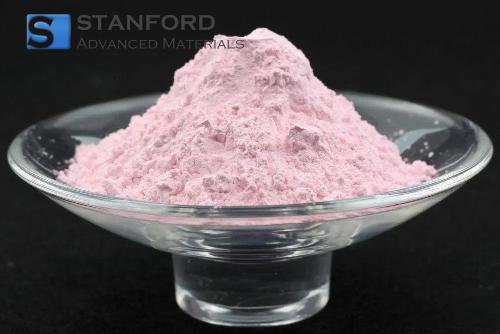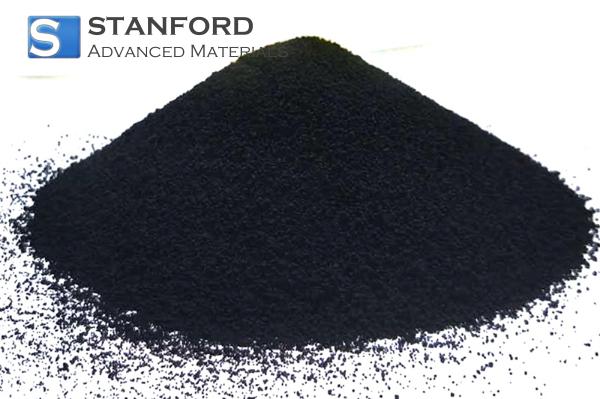Hardness Of Materials
Introduction to Hardness
Hardness is a fundamental material property that defines a material’s ability to resist deformation, scratches or wear. It is an important characteristic in areas such as materials science, engineering and geology.
Types of Hardness
There are different methods to characterise the hardness of a material; the most common are:
Indentation Hardness:
This is the most widely employed method to determine hardness. It measures the depth or dimensions of an indentation remaining on the surface of a material when a specific force is applied with a standardised indenter. Typical tests for indentation hardness include:
lBrinell Hardness: A hardened steel or carbide ball is pressed into the material under a specified load. It is primarily used for materials with coarse or heterogeneous structures, such as cast and forged parts.
lRockwell Hardness: This method measures the indentation depth produced by an indenter in the material under a given load. It is frequently used in industry for materials such as metals and alloys and provides a prompt and reliable measurement of hardness.
lVickers Hardness: A pyramidal diamond indenter is used to create an impression. The Vickers hardness test is particularly suitable for thin materials or coatings and is applicable to a variety of materials including metals, ceramics and coatings.
Scratch Hardness:
This test assesses the ability of a material to resist scratching by a harder material. The Mohs Hardness Scale, ranging from 1 (talc) to 10 (diamond), is a recognised scale for scratch hardness. It is frequently utilised in geology and mineralogy to evaluate the relative hardness of various minerals.
Rebound Hardness:
Also known as Shore Hardness testing, it measures the rebound velocity of a diamond-tipped hammer striking a material. It is typically used for elastomers, plastics and softer materials.
Applications of Hardness
Hardness is an important property for many technical applications:
- Cutting Tools: Hardness is crucial for materials used in cutting tools such as drills, turning tools and saw blades to ensure resistance to wear during high-speed machining.
- Abrasive Materials: Hard materials are used in abrasives such as grinding wheels, sandpaper and polishing compounds where high hardness ensures effective material removal.
- Wear-Resistant Components: In the automotive and aerospace industries, components such as engine parts, bearings and gears are manufactured from materials with high hardness to withstand wear and reduce the frequency of replacement.
- Surface Coatings: Hard coatings, such as diamond-like carbon (DLC) coatings, are applied to various tools and components to increase wear resistance and extend the service life of critical parts.
Mohs Hardness Scale Table
The Mohs Hardness Scale is used to measure the relative hardness of minerals. It ranges from 1 (softest) to 10 (hardest), with each level indicating a material’s ability to scratch another.
|
Rank |
Mineral |
Hardness |
|
1 |
Talc |
1 |
|
2 |
Gypsum |
2 |
|
3 |
Calcite |
3 |
|
4 |
Fluorite |
4 |
|
5 |
Apatite |
5 |
|
6 |
Orthoclase |
6 |
|
7 |
Quartz |
7 |
|
8 |
Topaz |
8 |
|
9 |
Corundum |
9 |
|
10 |
Diamond |
10 |
- Talc (the softest) can be scratched by all other minerals.
- Diamond (the hardest) can scratch all other minerals.
- Further information can be found at Stanford Advanced Materials (SAM).
Frequently Asked Questions
What is the purpose of the Mohs Hardness Scale?
The Mohs Hardness Scale is used to assess the scratch resistance of minerals and to aid in their identification and classification.
How does the Mohs Hardness Scale differ from other hardness scales?
In contrast to quantitative scales such as the Vickers or Rockwell scales, the Mohs Hardness Scale is ordinal and is based on a mineral’s capability to scratch another.
Can the Mohs Hardness Scale be applied to metals?
Although the scale is primarily employed for minerals, it can offer a general indication of a metal’s hardness, even though specialised scales are often preferred for metals.
Why does diamond have the highest hardness rating on the Mohs Hardness Scale?
Diamond exhibits the highest scratch resistance among naturally occurring minerals and is therefore the hardest material on the scale.
How is the Mohs Hardness Scale applied in everyday practice?
It is utilised in various industries for material selection, quality control and in the jewellery sector for assessing gemstone durability.

 Bars
Bars
 Beads & Spheres
Beads & Spheres
 Bolts & Nuts
Bolts & Nuts
 Crucibles
Crucibles
 Discs
Discs
 Fibers & Fabrics
Fibers & Fabrics
 Films
Films
 Flake
Flake
 Foams
Foams
 Foil
Foil
 Granules
Granules
 Honeycombs
Honeycombs
 Ink
Ink
 Laminate
Laminate
 Lumps
Lumps
 Meshes
Meshes
 Metallised Film
Metallised Film
 Plate
Plate
 Powders
Powders
 Rod
Rod
 Sheets
Sheets
 Single Crystals
Single Crystals
 Sputtering Target
Sputtering Target
 Tubes
Tubes
 Washer
Washer
 Wires
Wires
 Converters & Calculators
Converters & Calculators
 Write for Us
Write for Us





 Chin Trento
Chin Trento



